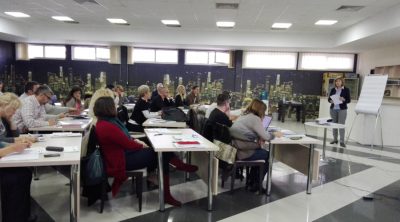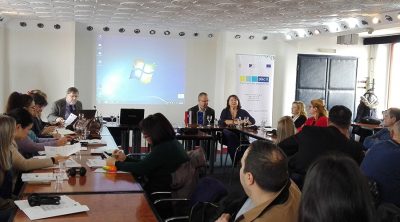The European Council Directive 2013/59/Euratom sets basic safety standards for protection against the dangers arising from exposure to ionizing radiation. Serbia has in place legislation for radiation safety, as well as for inspection oversights of radiation practices and facilities, but it needs to be further improved and fully aligned with EU acquis.
Proposals and suggestions for improvements of the system of inspections are incorporated in Draft Guidelines on establishing Inspection Programme for Radiation Practices and Facilities (for different radiation practices in medicine, industry, research, education), developed by the PLAC II Project expert Costas Hourdakis in September 2017. Once adopted, Serbian Radiation Protection and Nuclear Safety Agency and Ministry of Environmental Protection can use the Guidelines in daily practice, in the assessment of radiation risks based on the proposed methodologies, in the finalisation of an annual inspection programme, and in recording of the results of inspections.
In addition to this, in October 2017, the PLAC II Project expert Dejan Trifunovic developed the methodology for establishing dose constraints for occupationally exposed individuals, members of public, carers and comforters and volunteers in medical or biomedical research. Dose constraints serve as a radiological design target when planning radiation protection measures for workers and public; they are basic cornerstone for assuring harmonised level of safety in different practices using radiation sources. Furthermore, Guidelines for safe management and control of high-activity sealed sources were prepared, with the aim of complying with safety, security and safeguards requirements.




